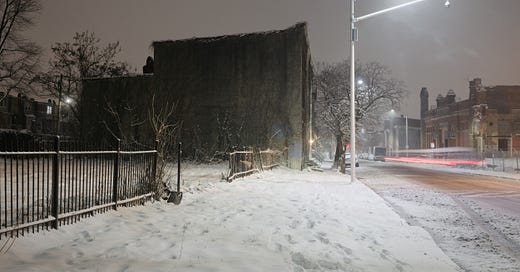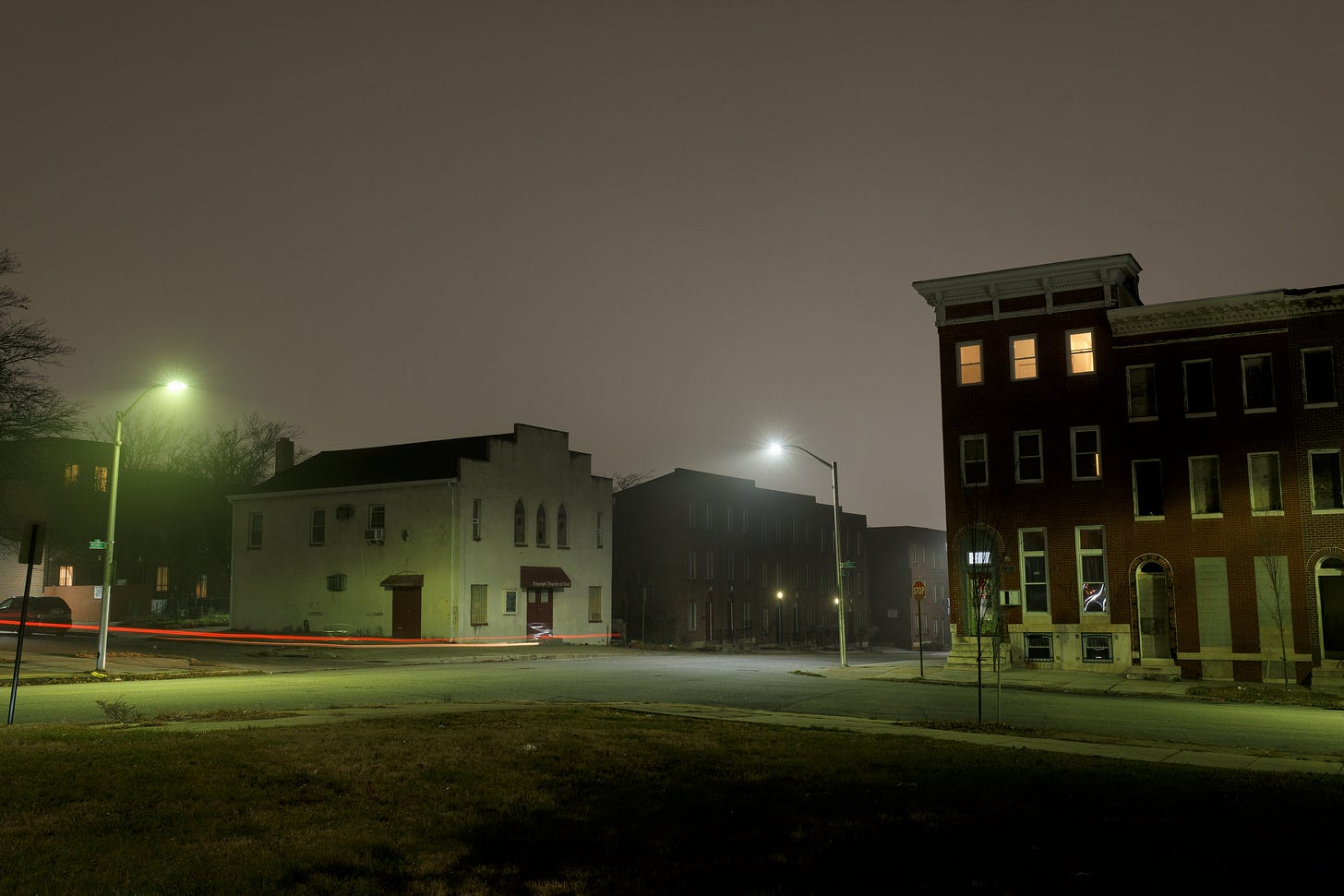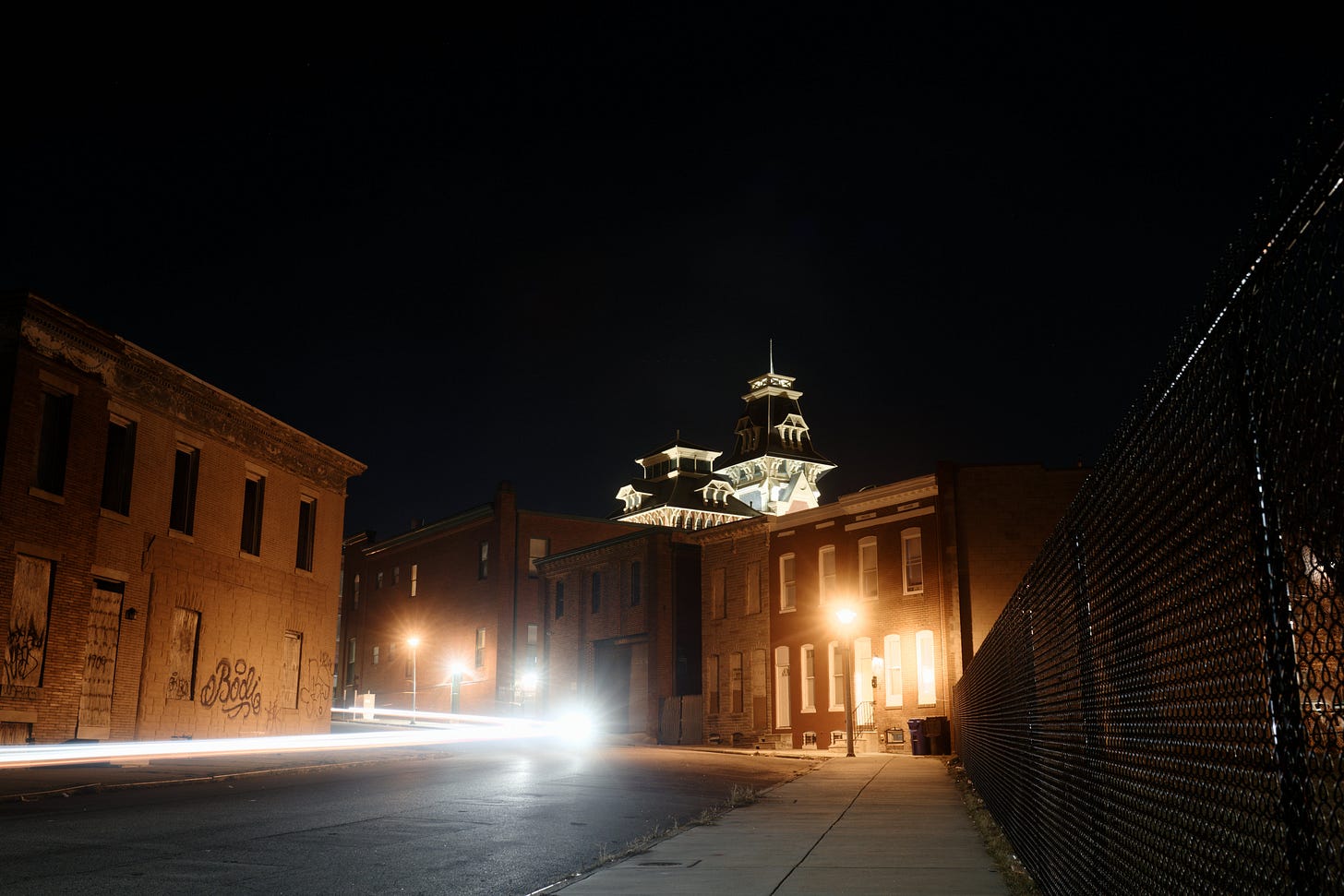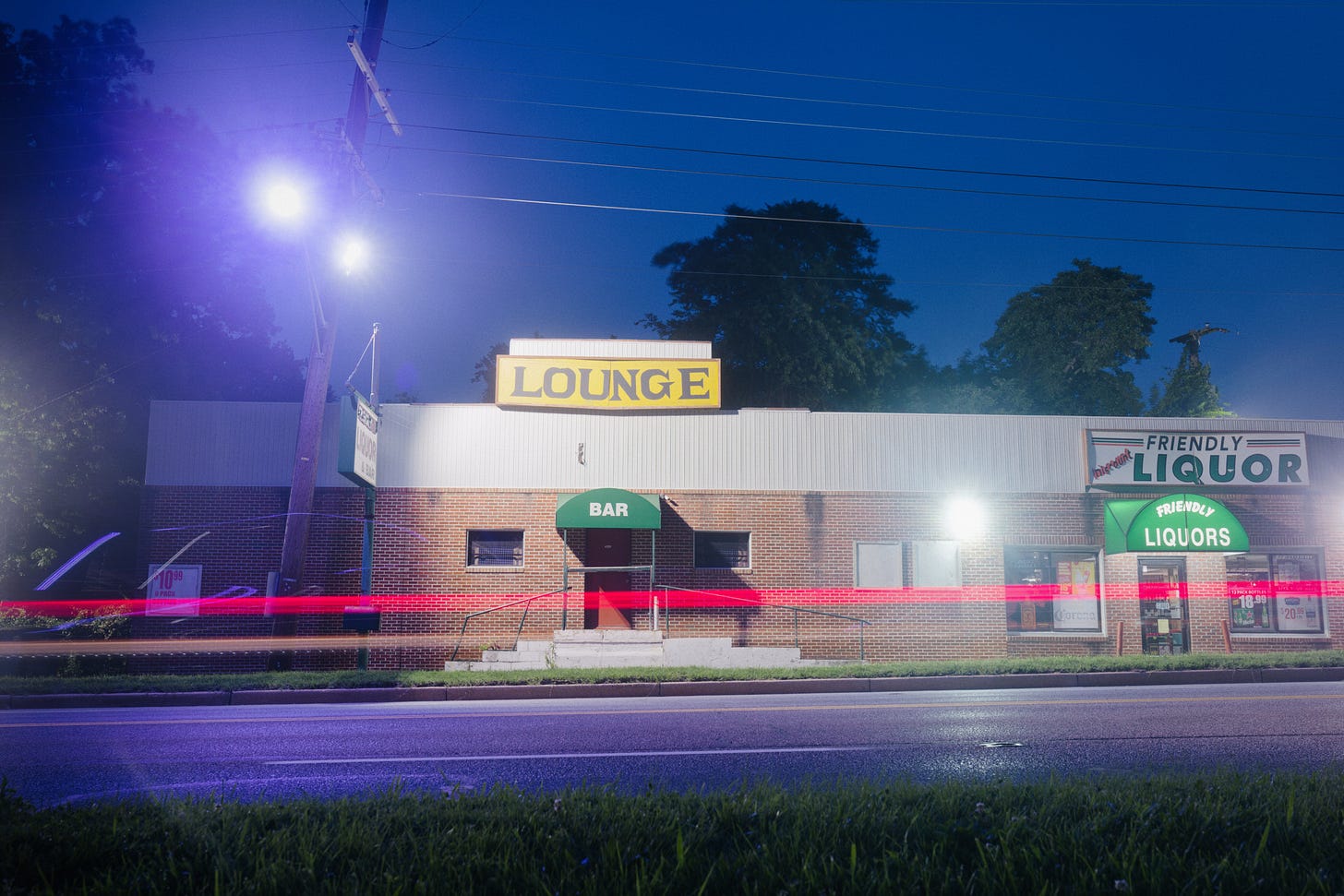I recall now a trip to Borders—the book and music superstore of yore—in the Spring of 2001. This was America pre-9/11, before the forever-wars, the endless churn of economic crises, the widening partisan divide. I was a sophomore in high school.
Inside, I wound through the maze of new releases—past the mom lit, the cookbooks, the self-help displays—toward the refuge of every brooding teenager of the day: the music section.
I wasn't looking for anything in particular—just something that might feel like a secret to a burgeoning teen. Something hidden and incandescent in the shelves of music, flickering under the fluorescent ceiling. The kind of thing that might carry you through a Friday night in your room with the door shut and your headphones on, the world effervescing into something beautiful and private.
I thumbed through the long racks of CDs—every jewel case promised a different escape route—past Belle and Sebastian, The Get Up Kids, Radiohead, Death Cab for Cutie, Modest Mouse, The Strokes, and, finally, Rainer Maria. Something in the blocky green and yellow puzzle-piece cover caught my eye. I took a chance.
On the way home, I sat in the backseat with my Discman, listening as the album unfolded. I read the liner notes in quick flashes, each time the car passed beneath the orange wash of a sodium vapor streetlight. That light—the color of a campfire, of sneaking out and parking lots—felt like part of the music. Fitting, for an album that opens with the song "Artificial Light," its cryptic lyrics hinting at our uneasy relationship with technology.
“No one defies artificial light”
It is 2025. The Earth spins me toward forty. I am a stranger in a world I recognize less and less. In my insomnolent wanderings, I drive past rows of houses and empty intersections, looking for photographs in the corners the day overlooks. At a red light, I study the facade of an abandoned row of houses.
The light above it is unrelenting. Not the old sodium vapor glow I grew up with, but the sharp, blue-white cast of a high-efficiency LED. It flattens everything—shadows, texture, mood. As a night photographer, I feel it as a kind of visual violence. A stripping away. Where sodium vapor once painted the world in soft oranges and umbers—like a memory, or a feeling you could almost name—LED light reveals too much. It is cold and unblinking. A clarity that leaves nothing to the imagination.
This is light built for exposure, not intimacy. It refuses mystery; there's no place to hide. My photographs suffer for it—flat, clinical, over-revealed. The night used to hold things close. Now it just puts them on display, sterile and overlit. It's getting harder to make long exposures. The light bends colder by the block, street by street, everything washing toward blue.
“Maybe you try to be pretty”
Allow me a clumsy metaphor: I wonder if, socially, we photographers have swapped one kind of artificial light for another.
Where once human-powered networks fostered community, the algorithm now exposes. Everything is shown, flattened, optimized. Photography used to be a way of curating the real into the abstract—of discovering how you felt about something through the act of observing, confining it within a frame, sitting with it slowly. Now, it can feel more like performance. A pose. A glossy surface chasing attention.
Dorothea Lange once said, "Photography takes an instant out of time, altering life by holding it still." That stillness used to invite contemplation. Now, the freeze-frame is just another scrollable moment, optimized and stripped of the power of pause. Art has always involved copying—sampling, remixing, homage—but it was in service of something personal. Adaptive. Aspirational. Now, art is content. Sameness is strategy.
In the pursuit of connection, we are nudged—increasingly less subtly, insistently—toward aesthetics over intimacy. Toward being seen rather than understood. It is no longer about how the individual photograph works, but how it looks in a grid. Grid homogeneity.
That song from 2001 comes back to me now and again. Its warnings about technology becoming alienating, about trying to be pretty instead of authentic. We chase light not for its character, but for how it performs in a feed.
The software is catching on, too. Capture One now lets you feed in someone else's photo and map its color grading and tonality onto your own—a shortcut to style without the burden of vision. A quick fix for those perhaps afraid of playing and risking.
Platforms reward consistency over curiosity. Repetition over risk. Flash over feeling. A “good” photo now is one that can be replicated. Packaged. Preset. It's less about what you saw and more about how well you've learned to imitate what already works. Even heartfelt work can begin to feel like a plea—to be noticed, to be affirmed, to not disappear into the scroll.
Sometimes I open my feed to find a hundred images—technically perfect, emotionally blank. There's light, sure. But no warmth. No mystery. Just artificial light.
I’m thankful for photo-sharing spaces like Substack, Glass, Flickr, and Foto—for keeping expression human and interaction genuine. Still, I worry: we have much to unlearn from the algorithmic age of content.
“If I could just breathe it out”
Twenty-four years later, I still remember the moment that sodium-vapor light washed over the booklet in my hands. The song felt like a revelation—cryptic lyrics speaking to something I couldn't yet articulate or fully understand at 13—about authenticity and connection. How prescient that seems now, watching as one kind of glow is systematically replaced by another.
The album doesn't exist as a physical object for me anymore—just digital bits in a streaming service. The irony isn't lost on me.
When I drive at night with my camera, I find myself hunting for those last pockets of orange light or green light, for those diminishing corners where shadows still exist, and the night still keeps secrets.
Perhaps there's something to be said for defying artificial light after all.
A Note of Gratitude
Your support, thoughtful comments, and kind words fuel this newsletter each week. If these stories and images resonate with you, perhaps they'll speak to someone in your life too—I'd be honored if you'd share.
Support This Work
If my visual essays add something meaningful to your inbox, consider becoming a supporter. For less than a coffee each month ($5), you help make this creative journey sustainable. Every contribution—regardless of size—directly enables me to continue making photos and writing these letters.
My Photos, Elsewhere
Find more of my work and connect with me across the web:
michaelwriston.com | Flickr | Glass | Bluesky | Foto









The move towards uniformity is ripe for a punk revival where authenticity reigns supreme.
Love this and the eeriness with which I feel like I'm reading the journal from 1984. God. Has time truly gone by so fast?